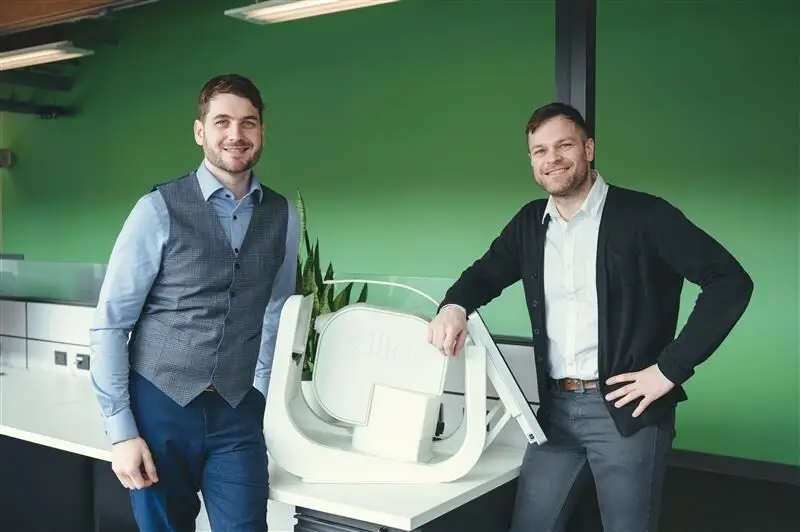DA-1241
NeuroBo Pharmaceuticals, Inc. (Nasdaq: NRBO), a clinical-stage biotechnology company on a quest to transform cardiometabolic diseases, today announced dosing of the first patient in its two-part, Phase 2a clinical trial of DA-1241, a novel G-Protein-Coupled Receptor 119 (GPR119) agonist, for the treatment of nonalcoholic steatohepatitis (NASH), at The Pinnacle Edinberg/South Texas Research Institute in Edinburg, Texas, under the supervision of Principal Investigator, Dr. David Ramirez.
“Dosing the first patient, on time, is a testament to our commitment to the clinical development of DA-1241 in patients with NASH,” stated Hyung Heon Kim, President and Chief Executive Officer of NeuroBo. “Based on the pre-clinical and clinical evidence generated to date, DA-1241 has demonstrated reduced hepatic steatosis, hepatic inflammation, and liver fibrosis, while also improving glucose control, and was shown to be well tolerated in both healthy volunteers and in patients with type 2 diabetes mellitus (T2DM). Given this data, we believe that the mechanism of action of this promising cardiometabolic asset will translate into a safe and effective treatment for NASH, a disease with no current treatment options. The two-part design of this trial provides optionality for a potential interim analysis in the first half of 2024 and we expect to report the full data in the second half of 2024.”
Each of the two-parts of the Phase 2a trial of DA-1241 is designed to be a 16-week, multicenter, randomized, double-blind, placebo-controlled, parallel clinical study to evaluate the efficacy and safety of DA-1241 in subjects with presumed NASH and confirmed pre-diabetes or T2DM. Part 1 will explore the efficacy of DA-1241 versus placebo, and is expected to enroll 49 subjects, with a planned maximum of 55 subjects to account for early discontinuations. Subjects will be randomized in a 1:2:1 ratio into 3 treatment groups: DA-1241 50 mg, DA-1241 100 mg, or placebo. Part 2 will explore the efficacy of DA-1241 in combination with sitagliptin, versus placebo, and will begin after completion of a confirmatory preclinical safety study of DA-1241 in combination with sitagliptin. It is expected to enroll 37 subjects, with a planned maximum of 43 subjects to account for early discontinuations, and subjects will be randomized in 2:1 ratio into 2 treatment groups: DA-1241 100 mg/sitagliptin 100 mg or placebo.
For both Part 1 and Part 2, the primary endpoint is the change from baseline in alanine transaminase (ALT) levels at Week 16. Secondary efficacy endpoints include the proportion of subjects with normalization of ALT, absolute change in total cholesterol, low and high-density lipoprotein cholesterol, triglyceride, and free fatty acids from baseline, among others. Safety will be evaluated by monitoring adverse events (AEs), serious adverse events (SAEs) and AEs leading to discontinuation and laboratory abnormalities.
About DA-1241
DA-1241 is a novel G-Protein-Coupled Receptor 119 (GPR119) agonist with development optionality as a standalone and/or combination therapy for both NASH and T2DM. In preclinical studies, DA-1241 demonstrated that GPR-119 agonism promotes the release of the key gut peptides GLP-1, GIP, and PYY, which have a beneficial effect on liver inflammation, lipid metabolism, weight loss, and glucose metabolism. The therapeutic potential of DA-1241 has been demonstrated in multiple pre-clinical animal models of NASH and T2DM whereby DA-1241 reduced hepatic steatosis, hepatic inflammation, and liver fibrosis, while also improving glucose control. Furthermore, in Phase 1a and 1b trials, DA-1241 was well tolerated in both healthy volunteers and those with T2DM.

